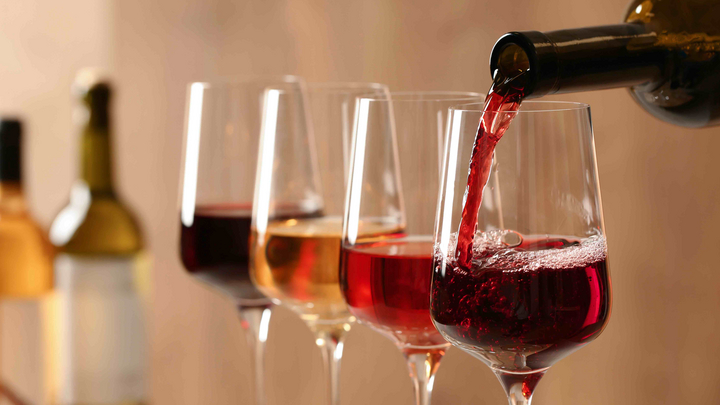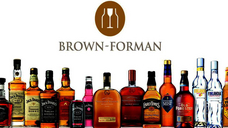This is partly due to the maturity and longevity of wine’s online presence – its share of online alcohol sales was close to 40% in 2018 and over 50% when excluding Chinese national spirit Baijiu. As spirits and beer/cider/RTDs brands have invested more heavily in the channel in recent years, wine’s share has unsurprisingly eroded, and is expected to continue to do so.
“The proportion of wine purchasers online has decreased year-over-year following the surge through the pandemic lockdowns,” says Guy Wolfe, Head of Ecommerce Insights, IWSR. “Wine buyers have returned to the on-trade and physical retailers, while economic pressure has impacted non-essential spending.
“To protect market share, wine brand owners should ensure they have a good understanding of the types of consumers that are driving online wine growth.”
Millennial consumers – who are more frequent purchasers of wine in ecommerce and are less likely to be deterred from buying online – will be crucial to the future of the channel, particularly in emerging wine markets. However, demographics and consumption trends vary hugely between countries.
“Markets with established wine consumption, such as Europe, Australia and the UK, tend to have an older online wine consumer base with a larger proportion of Boomers and Gen X,” explains Richard Halstead, COO Consumer Insights, IWSR. “In emerging wine markets such as China and Brazil, Millennials and LDA Gen Z are the main online purchasers of wine.”
In Australia, Italy, France, the UK and Spain, for example, Boomers and Gen X make up more than 60% of online wine purchasers; but Millennials and legal drinking aged Gen Z account for the majority of buyers in China (80%) and Brazil (64%). The US sits in the middle, with 43% of online wine buyers Millennials.
These demographic factors are crucial in determining the level of participation in wine ecommerce, as well as consumer behaviour – including reasons for purchase, expectations around speed of delivery, and consumer journeys before making a purchase.
Markets with a relatively younger adult consumer base – including Brazil, China and the US – show a higher frequency of purchase than other markets, and are driven by treating and purchases for social and special occasions, typically with fast delivery.
However, in those countries with older consumer bases – such as the UK and Australia in particular – purchasing is less frequent, and is motivated mainly by stocking up and bargain hunting.
This dichotomy between mature and emerging markets is also reflected in the platforms and devices used for purchasing.
Countries with a younger adult consumer base favour apps and handheld devices: in Brazil, 81% of online wine purchases are made using a smartphone or tablet; in China, the figure is 78%, and in the US, 62%.
These figures, however, drop in markets with older consumer bases such as Australia (45%), the UK (42%) and France (31%). This also reflects the more established sale of wine online via specialist websites and supermarkets in these countries.




